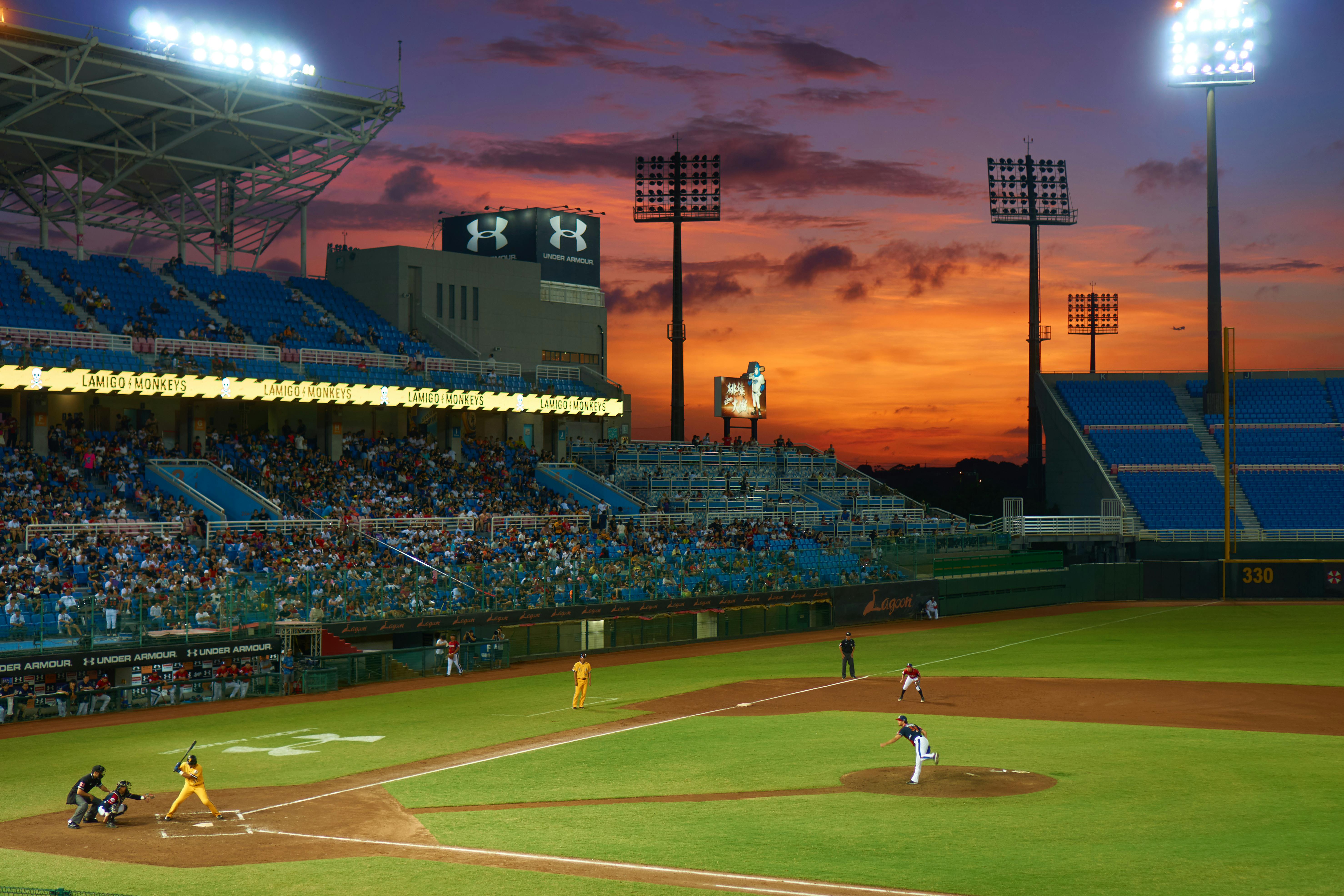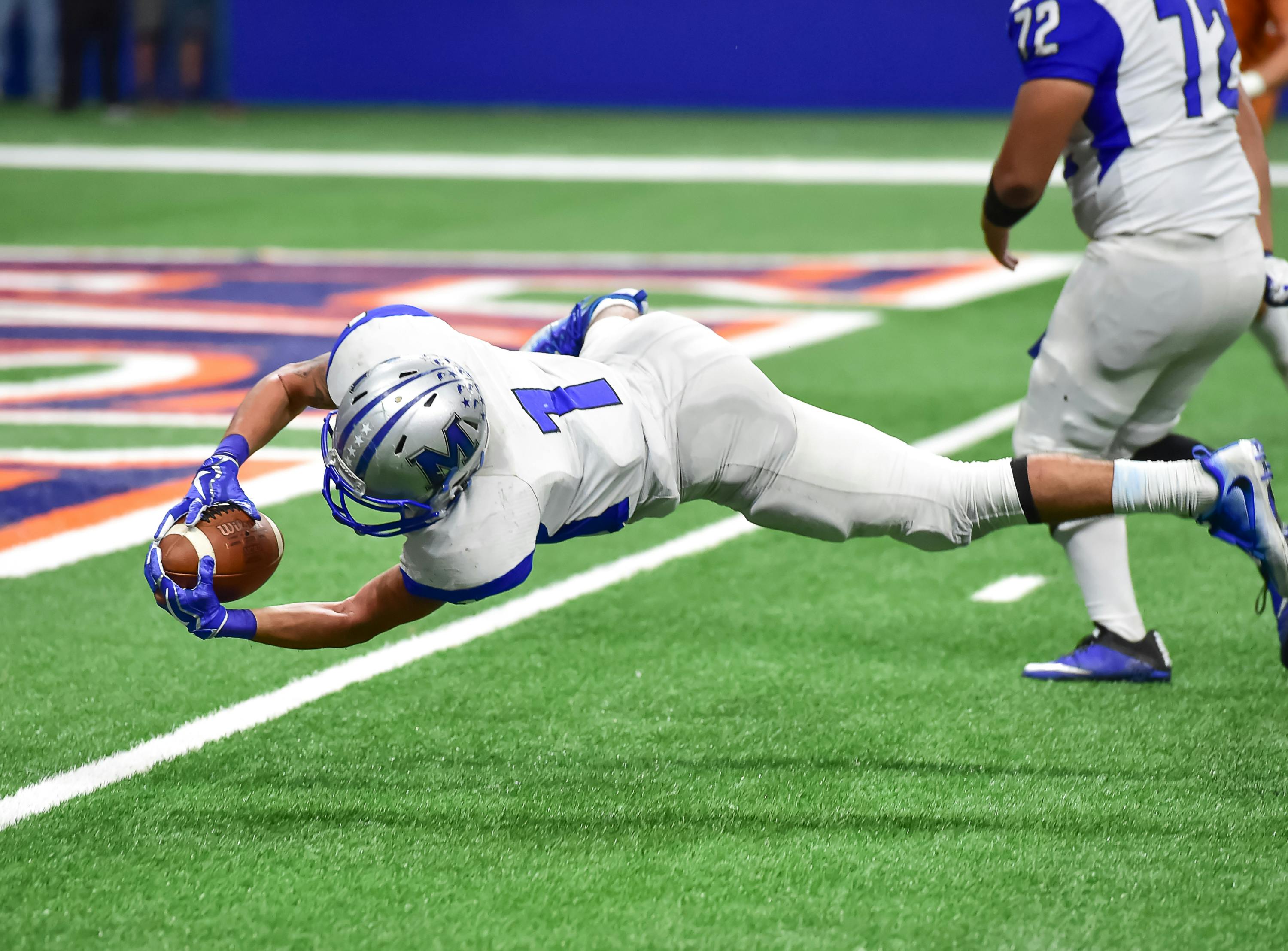
College Athletes to Receive Direct Pay as NCAA Faces Uncertain Future
For the first time in the history of U.S. college sports, athletes will receive direct payments from their schools this season, marking a watershed moment in the NCAA’s evolution. The change comes after a June 6 federal court-approved settlement in House v. NCAA, a case that challenged long-standing restrictions on athlete compensation. While the ruling was designed to bring clarity to college athletics, it has instead intensified political disputes, raised questions about the NCAA’s role, and left athletes, schools, and lawmakers grappling with an uncertain future.
A Landmark Settlement
The settlement, overseen by U.S. District Judge Claudia Wilken, requires schools to share revenue with athletes and repay $2.8 billion in damages to athletes who competed from 2016 onward. Moving forward, schools are permitted to directly pay players, with compensation capped at $20.5 million per institution for the upcoming season across all sports. That cap, representing roughly 22% of average revenue in the Power Four conferences, is expected to rise in future years.
To oversee compliance, the Power Four conferences created the College Sports Commission, operating independently of the NCAA. In partnership with Deloitte, the commission now regulates name, image, and likeness (NIL) contracts to ensure they reflect “fair-market value.” Deloitte has already indicated that nearly 70% of previous collective-based contracts would not have been approved under the new framework, sparking concerns among advocates that athletes’ earning potential is being curtailed.

A football game | Source: Pexels
Political Battles in Washington
The changes have fueled contentious debates in Congress. In July, House Republicans and two Democrats introduced the SCORE Act, legislation designed to establish a federal framework for NIL deals, prevent athletes from being classified as employees, and grant the NCAA antitrust protections. President Donald Trump issued a parallel executive order endorsing the same principles, warning that college sports were becoming chaotic. “Players are being taken from team after team and being traded around like playing cards,” Trump said. “A lot of money’s passing, and nobody knows what’s happening.”
Critics, however, argue that the bill undermines athletes’ rights. “It’s a coordinated attack on athletes’ rights in economic compensation and opportunities,” said Ramogi Huma, executive director of the National College Players Association. “Currently, players have never had so many rights. But there are tremendous threats, and that’s the House settlement and congressional action that’s seeking to put the NCAA and the conferences above the law.”
Sen. Maria Cantwell, D-Wash., also opposed the measure, warning it would roll back court decisions and consolidate power among elite schools at the expense of smaller programs and non-revenue sports.
Competing Legislative Agendas
Opponents of the SCORE Act have put forward alternative proposals. Rep. Summer Lee, D-Pa., and Sen. Chris Murphy, D-Conn., reintroduced the College Athletes Right to Organize Act, which would allow athletes to unionize and collectively bargain. “Far too many college athletes are treated like workers by their universities, and they deserve every single right that any other worker has,” Lee said. “Any legislation like the SCORE Act that strips away or undermines those rights is nothing more than an attack on the very people who keep collegiate sports alive.”
Despite these proposals, NCAA President Charlie Baker has expressed strong support for the SCORE Act and Trump’s executive order, calling on families to rally behind the legislation.

A baseball game | Source: Pexels
Shifting Perspectives in College Sports
The new environment has also led some coaches and administrators to embrace changes once unthinkable. “You’ve got to admit the players are employees,” Oklahoma State football coach Mike Gundy said in July. “Then you can build collective bargaining.” Tennessee athletic director Danny White echoed that sentiment, suggesting that recognizing athletes as employees might provide stability. “We can go through another three or five or 10 years of a difficult environment,” White said, “or we can accept the reality and fix it right now.”
Even so, Huma remains cautious about collective bargaining, warning that without safeguards, agreements could favor institutions over athletes. He emphasized the need for comprehensive congressional action that protects athlete rights beyond pay, including health care and working conditions. “It’s our hope that one day there’ll be a deal in Congress that can really be a comprehensive solution and a balanced solution,” Huma said. “Players should always have a voice going forward and every opportunity under the law that other Americans have.”
An Unsettled Future
As the fall sports season begins, college athletes will benefit from direct pay for the first time, but uncertainty overshadows the milestone. With competing federal legislation, ongoing disputes over NIL contracts, and unresolved questions about the NCAA’s role, the future of college athletics remains in flux. What was meant to be a step toward stability may prove to be only the beginning of a broader and more contentious transformation.
